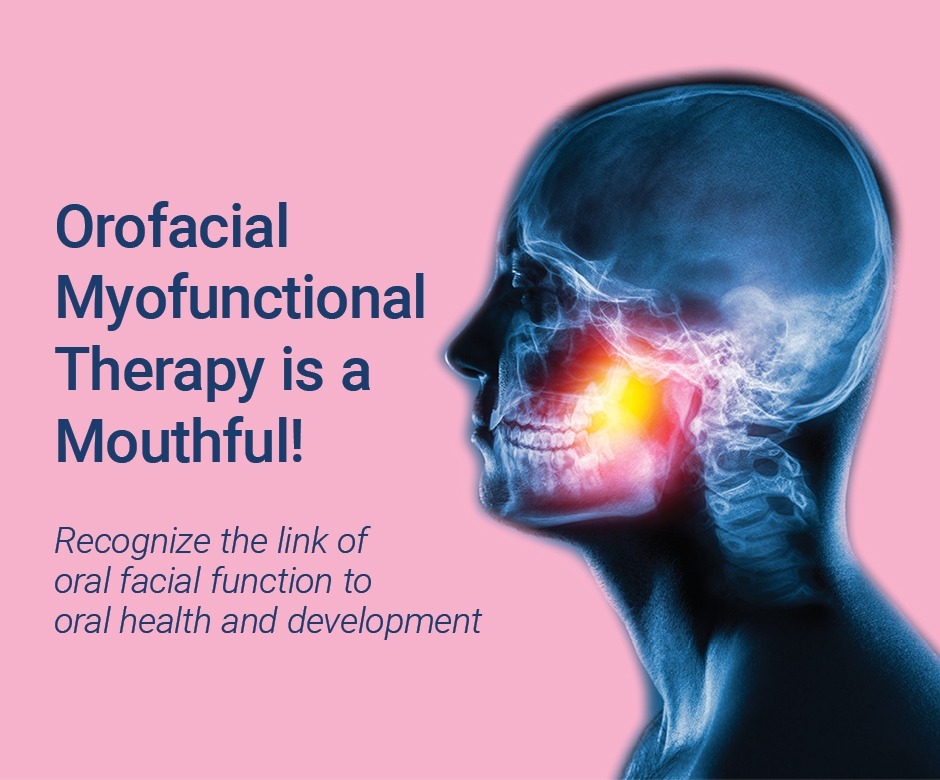The field of Orofacial Myofunctional Therapy (OMT) is growing rapidly due to the recognition of its value through research and demonstration of positive outcomes for those suffering with Orofacial Myofunctional Disorders (OMDs).However, many still do not know what OMT is, how to identify the connection between structure and function, and why forming an interdisciplinary team of medical, dental, and functional providers is essential to restoring concerns, such as airway, malocclusion, forward tongue posture, and high narrow palates.
Orofacial Myofunctional Disorders (OMDs) affect the functions and muscles of the oral facial complex. When the muscles of the orofacial complex develop dysfunctional patterns, the incorrect muscle adaptations can cause compensations and distortions. Many people have habitual mouth breathing habits that result in the muscles and orofacial functions adapting to a disordered breathing pattern, which may create OMDs. OMDs may affect breastfeeding, craniofacial skeletal growth and development, tongue thrust swallowing, speech, malocclusion, temporomandibular joint movement disorders, stability of orthodontic treatment, facial esthetics, and more.
Orofacial Myofunctional Therapy (OMT) is neuromuscular retraining of the orofacial muscles to function at the best of their ability. OMT plays a positive role — by improving healthy nasal breathing, resting posture of the tongue and lips, and orofacial muscle function — and reduces relapse of previous orthodontic treatments. OMT is also an important adjunct to orofacial surgeries such as frenectomies.
Recent research has shown that myofunctional therapy may reduce the symptoms of obstructive sleep apnea, sleep disordered breathing, and snoring. When functioning properly the muscles of the tongue, throat, and face can reduce obstructions to the airway. OMT starts with intentional awareness of the desired goals of healthy nasal breathing and orofacial muscle function and then develops a therapy program of regular exercises designed to reach the goals established. Next is to retrain the behavior to restore the function and establish a habit that becomes second nature to maintain the goals of healthy facial function for a lifetime.
The perspective of the oral health professional may change when they discover that advanced orofacial myofunctional training is available for dental hygienists and dentists. The dental team is in a unique position to recognize OMDs, implement a screening protocol, and establish a collaborative interdisciplinary team to resolve the OMDs.
Tongue resting posture on the palate is one of the main goals in OMT
The muscles of the tongue are stronger than braces. The tongue can exert up to 500g (17.5 oz) of force, but it only takes 1.7g (0.05oz) of force to move a tooth. If the tongue and lips are not functioning correctly, crowded teeth and underdeveloped jaws can be the result. This is like a tug of war game between the orthodontic treatment and the tongue pressure against the teeth.
Edward H Angle, the “father” of orthodontics, published Malocclusion of Teeth, in 1907. He recognized the tongue’s resting posture could impact occlusion and orthodontic outcomes. He recognized healthy resting posture of the tongue on the palate, lips lightly closed, and nasal breathing are important to orthodontic success.
Three Main Causes of Orofacial Myofunctional Disorders (OMD) Mouth breathing
Orofacial Myofunctional Therapists (OMT) work with the interdisciplinary team, such as ENTs, Allergists, Physicians, Orthodontists, and Dentists to identify the etiology and determine if there are any structural concerns, such as high narrow palate with limited tongue space, deviated septum, enlarged tonsils/adenoids, or chronic congestion. Designing a treatment plan to resolve any airway obstructions and restore healthy nasal breathing, lip seal, and tongue-to-palate posture is important to support the successful outcome of the goals established.
Long term noxious habits
Noxious habits like finger or thumb sucking can lead to undesired pressures on the teeth and maxilla, low tongue posture, and tongue thrust swallowing patterns. OMT provides programs to support the child in the elimination of noxious habits and to restore healthy functions of proper swallowing and tongue-to-palate rest posture.
Restricted lingual frenulum
A restricted lingual frenulum can impact many vital oral functions like drinking, eating, speaking, and tongue-to-palate rest posture. OMT supports the frenectomy outcome with pre- and post-surgical exercise to reduce reattachment and to rehabilitate the compensations from the restricted tongue. The benefits may include jaw stability, lingual mandibular disassociation, improved lingual range of motion, and coordination for swallowing, chewing, and other important oral functions.
Screening signs and symptoms for OMDs
- Airway obstructions
- Open lip posture
- Open mouth breathing habits
- Low forward tongue posture
- Dysfunctional swallow
- Tethered oral tissue (tongue tie)
- High narrow palate
- Malocclusion
Airway and healthy nasal breathing are essential for healthy oral function
The primary function of the nose is inhaling oxygen, followed by filtering air, and warming and moisturizing, which allows our body to get more usable oxygen. This can have a profound impact on the development of the face and airway. There are a growing number of children and adults with sleep disturbed breathing and sleep apnea. Studies show many adults with sleep apnea do not know they have it. Kids who are not getting restorative sleep can present as having lack of concentration and attention issues. Utilizing sleep questionnaires and oral screenings including airway and oral function can have significant benefits on early detection of airway, sleep, and OMDs in the dental office. Collaborating and referring to a OMT can benefit your patients and get to the root cause of the OMDs as well as assist in restoring healthy breathing and oral function.
So much more than a beautiful smile
A wide palatal arch provides space for more than teeth; it is the floor of the airway and creates tongue space. A simple screening technique is to put a cotton roll between tooth numbers #3 and #14 to confirm the ideal width of 38 mm or more.
The Orofacial Complex plays a critical role in life-sustaining tasks, such as eating, drinking, and breathing. These muscles also play an essential role in our growth and development and our dental and airway health. Identifying the connection between structure and function, and forming an interdisciplinary team of medical, dental, and functional providers is essential to restoring both functional and structural issues and to improving dental treatment outcomes, health and wellness.
There is much to learn in the exciting studies of airway, breathing, and oral facial function.
The following websites are resources to dive deeper into the subject:
Check out my YouTube links:
YouTube channel playlists:
“Tongue up, lips closed, breathe through your nose.”

Cheryl Shafer, RDH BS COM is a Certified Orofacial Myologist, National Speaker, and owner of Facial Function.
FMI: cherylshafer@facialfunction.com or 410-707-7235.

